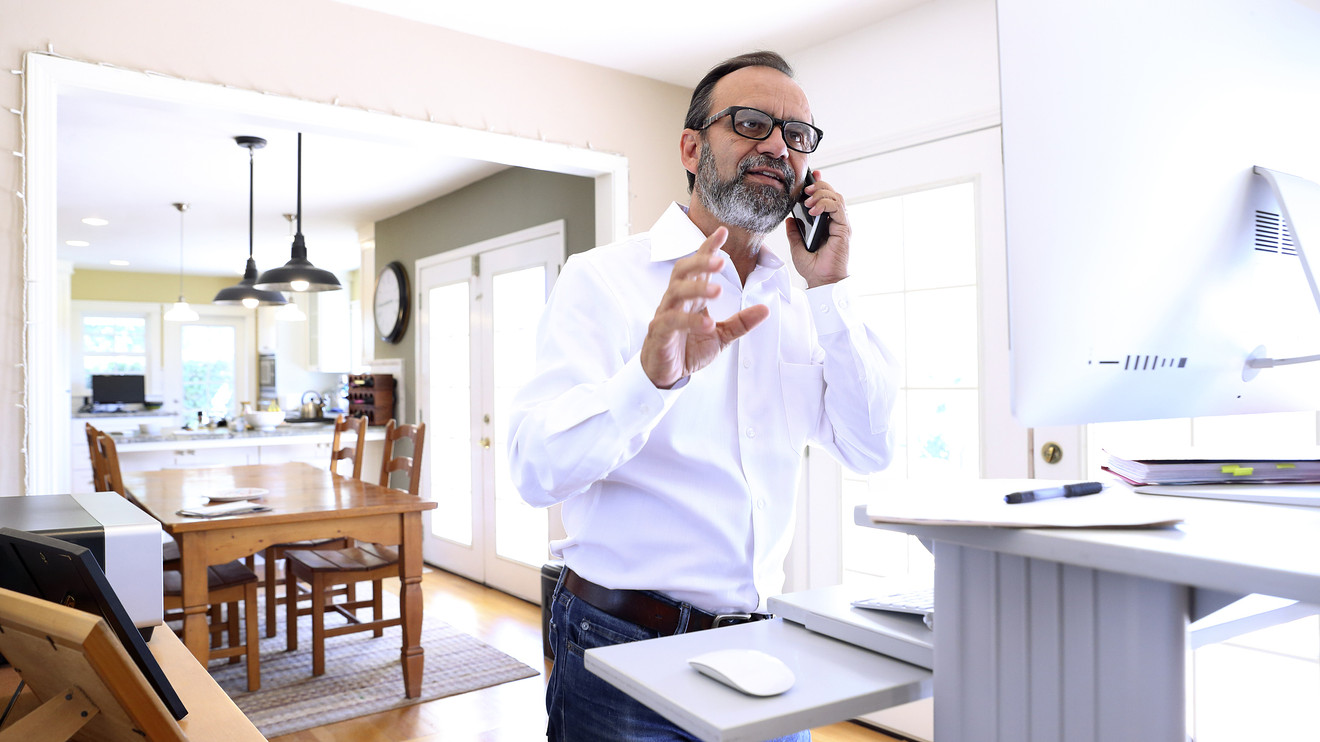
Reporters frequently ask how COVID-19 will affect the future employment options for older workers. Public health officials have made clear that older people are more at risk of complications from COVID-19. Therefore, they may be the last to return to work. Their ability to survive financially will therefore depend on their ability to work from home.
So the question becomes how many older workers can work from home? Actually, I can’t answer that question at the moment. But a recent study from the University of Chicago provides some information on the ability to work at home for the population as a whole.
The researchers base their analysis on the O*NET data, a resource with detailed descriptions of almost 1,000 occupations covering the whole U.S. economy. To decide whether a job can be done at home, they look at two parts of the survey.
In the “Work Context” survey, they code the occupation as one that cannot be performed at home if the average respondent reports that any of the following job conditions are true:
• use email less than once a month (Q4);
• work outdoors every day (Q17) (note: coding is based on majority of respondents, rather than average respondent);
• deal with violent people at least once a week (Q14);
• need to wear common or specialized protective or safety equipment a majority of the time (Q43);
• spend a majority of time walking or running (Q37);
• exposed to minor burns, cuts, bites, or stings at least once a week (Q33); or
• exposed to diseases or infection at least once a week (Q29).
In the “Generalized Work Activities” survey, they code the occupation as one that cannot be performed at home if any of the following conditions are very important to the job:
• performing general physical activities (Q16A);
• handling and moving objects (Q17A);
• controlling machines and processes [not computers nor vehicles] (Q18A);
• operating vehicles, mechanized devices, or equipment (Q20A);
• performing for or working directly with the public (Q32A);
• repairing and maintaining mechanical equipment (Q22A);
• repairing and maintaining electronic equipment (Q23A); or
• inspecting equipment, structures, or materials (Q4A).
While deciding how to characterize an occupation is necessarily somewhat subjective, these criteria look pretty reasonable to me. Once the researchers determine whether an occupation can be done at home, they combine that information with Bureau of Labor Statistics data on the number of workers and the average wages in each occupation. This procedure yields two results. First, only 37% of jobs in the U.S. can be performed entirely at home. Second, these “can-be-done-from-home” jobs account for 46% of all wages. In other words, these are higher paying jobs.
The implication of these results is that, as the economy opens up, lower-paid workers who cannot work from home will face either health risks, a need to return to work before the virus is under control, or economic risks, delaying work until the environment is safe and exhausting their resources.











Add Comment